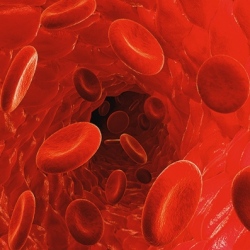
Using deep learning, researchers are creating tools for cancer screening. Such algorithms may speed research into using affordable ultrasound technology more widely, especially in the developing world. For the past few years, Viksit Kumar has been leading an effort to use GPU-powered deep learning to diagnose cancer using ultrasound images.
The work has focused on breast cancer (which is much more prevalent than ovarian cancer and attracts more funding), with the primary aim of enabling earlier diagnoses in developing countries, where mammograms are rare.
The work has significance for Kumar, as his mother died twelve years ago from ovarian cancer in India. She may have lived years longer if her cancer had been detected earlier.
“That was one of the driving factors for me to move into the medical field,” said Kumar, now a senior research fellow at the Mayo Clinic, in Rochester, Minnesota.
While initially working with ultrasound images for diagnosing pre-term birth complications, Kumar noticed that ultrasounds were picking up different objects, he figured that they might be useful for classifying breast cancer images.
Kumar deduced that deep learning would be a good application for this problem.
Moreover, breast cancer is one of the most common cancers, and one of the easiest to detect. However, in developing countries, mammogram machines are hard to find outside of large cities, primarily due to cost. As a result, health care providers often take a conservative approach and perform unnecessary biopsies.
After spending more than six months teaching himself everything he could about building and working with deep learning models.
The deep learning tools have progressed substantially since then. The complexity in a deep learning algorithm does not depend on the algorithm itself, but in the data that is used to train the algorithm, according to Kumar.
He has published his work in a paper available online.
The team currently does both training and inference on the same GPUs. Kumar said he wants to do inference on an ultrasound machine in live mode.
